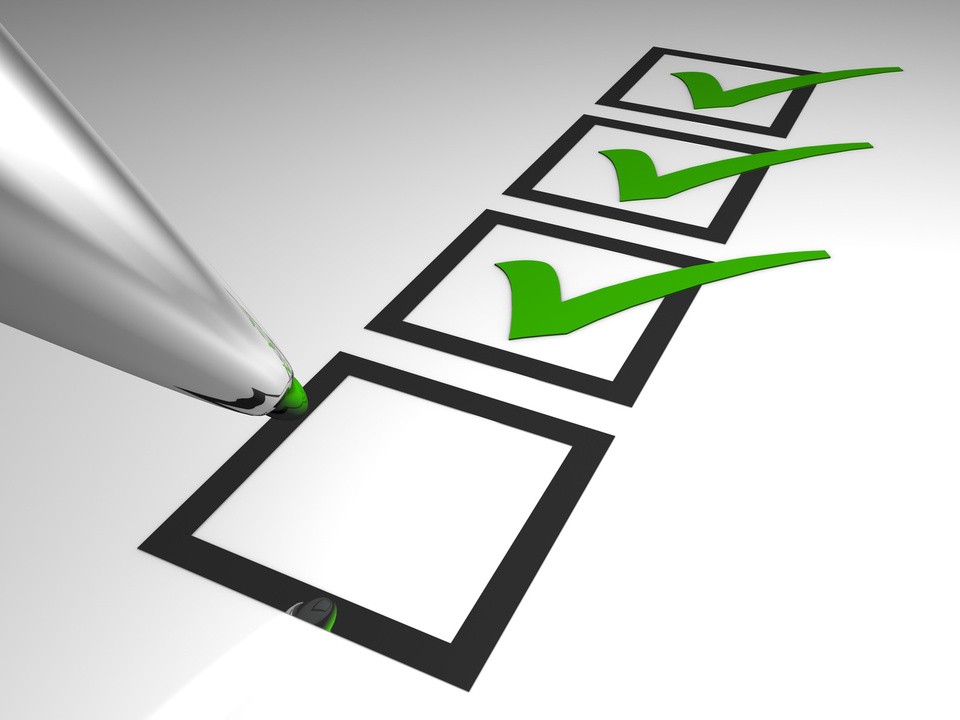Forex Trading System in 6 Steps
Post on: 30 Март, 2015 No Comment

We touched upon the difference between a Trading Plan and a Trading System earlier in this section. Now we dive deep into designing and testing a custom made trading system. While coming up with a forex trading system does not take time, you should spend ample time testing it to perfection.
A good system can potentially make you handsome return while a bad one can send you on a losing streak.
How to build your own forex trading system?
Step 1: Trading style & Time frame
More often than not, the amount of time you have in hand determines your trading style, which in turn defines the time frame you will use. If you can dedicate the whole day analysing charts and watching news feeds you might be day trading or swing trading. This is the first of the things you need to decide.
Now, depending on your trading style as a day trader, swing trader or position trader you will determine which time frame to use for your trades. Though you can still look at multiple time frames as part of your analysis, this is the time frame you will use most for a trade signal.
Step 2: Make trend your friend — find indicators to do the job
The largest pips can be made when you enter early in a trend. So using indicators to identify trends as early as possible becomes important.
Moving averages are among the most commonly used indicators used to identify trends. With the help of cross-over moving averages (SMA and EMA), when the EMA crosses the SMA it is an indication of possible change in direction.
Moving cross over strategy is the simplest way to get the job done. In addition there are many other patterns, tools and indictors that you can use to identify trend.
Step 3: Find indicators that help CONFIRM the trend
Identifying a trend is half the job done. Now you have to confirm that the indication will in fact materialize into a trend and is not just market noise creating fluctuations. You don’t want to be caught in a false trend. Using other indicators (explained in the Technical analysis section) you can confirm trend formation.
Stochastics and RSI are common indicators that are used to confirm trend formation. In later sections we will show a working example of how this can be used.
Step 4: Decide risk level with dollar values
Discipline is vital at every step of the trading process. So clearly state how much risk you are willing to take. It is not enough to say I have $10,000 and I am ready to lose it all if need be. What you have done here is you decided how much maximum drawdown you are willing to take; in this case 100%. Having this jotted down is good, but not a smart way to go about trading. After all you want to increase the chances of making money. State how much you are willing to lose in every trade. This is your Exposure per Trade. For beginners, we recommend an exposure not greater than 2% per trade.
Not risking too much in any one trade is an essential part of money management. You will learn more about this in later sections.
Step 5: Define Entries & Exits
You are almost done, so hold on.
As with any business your entry and exit is important. It determines how much money you will make (if any).
Entries
Depending on your preference (risk appetite) you can enter as soon as your indicators suggest a trend or wait till there is a strong confirmation. However, entering too early, you stand the risk of entering a false trend. On the flip side, waiting for trend confirmation you might just lose out on most of the pips.
Exits
There are multiple ways to design your exits. One smart way of doing so is to follow your trail stop as the trend continues in your favour. So if you expected the trend go up 40 pips and then range, but it continued, move your trail stop up by 40 and ride on the trend.
Alternately, you could set hard targets and exit as soon as the price hits your target. Targets can be based on Fibonacci level, resistance/support, moving average cross over (for trend reversal) or a combination of it all.
Step 6: FOLLOW IT using a Trader’s Journal!
You have reached the most important step of all. Follow your forex trading system.
Trading is like Math. Learning by writing and practice improves your skill and tact. So have a dedicated notebook and write it down. Leave a few pages for updates and notes; and use the rest of the book to keep log of your trades, analysis as well as any notes you think is relevant.
This is your Trader’s Journal. We will discuss this in more detail in the next section.














